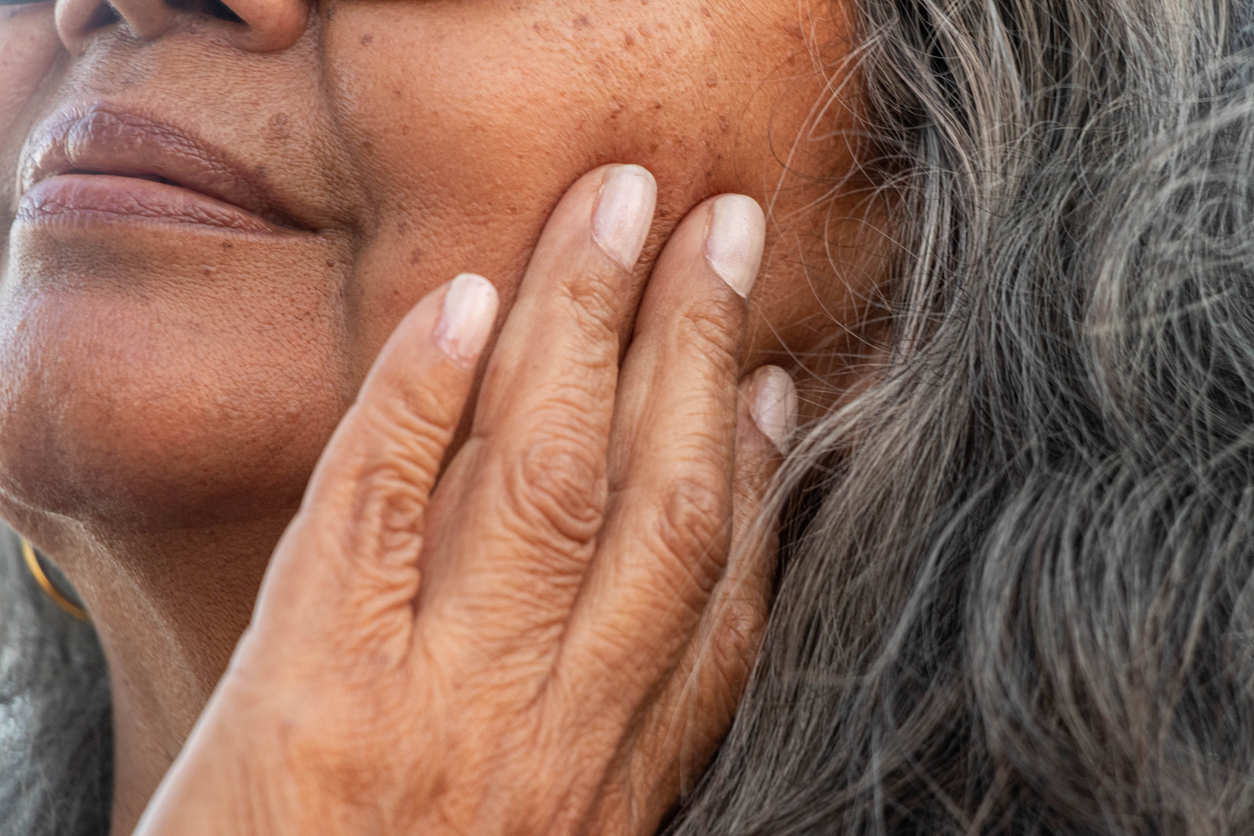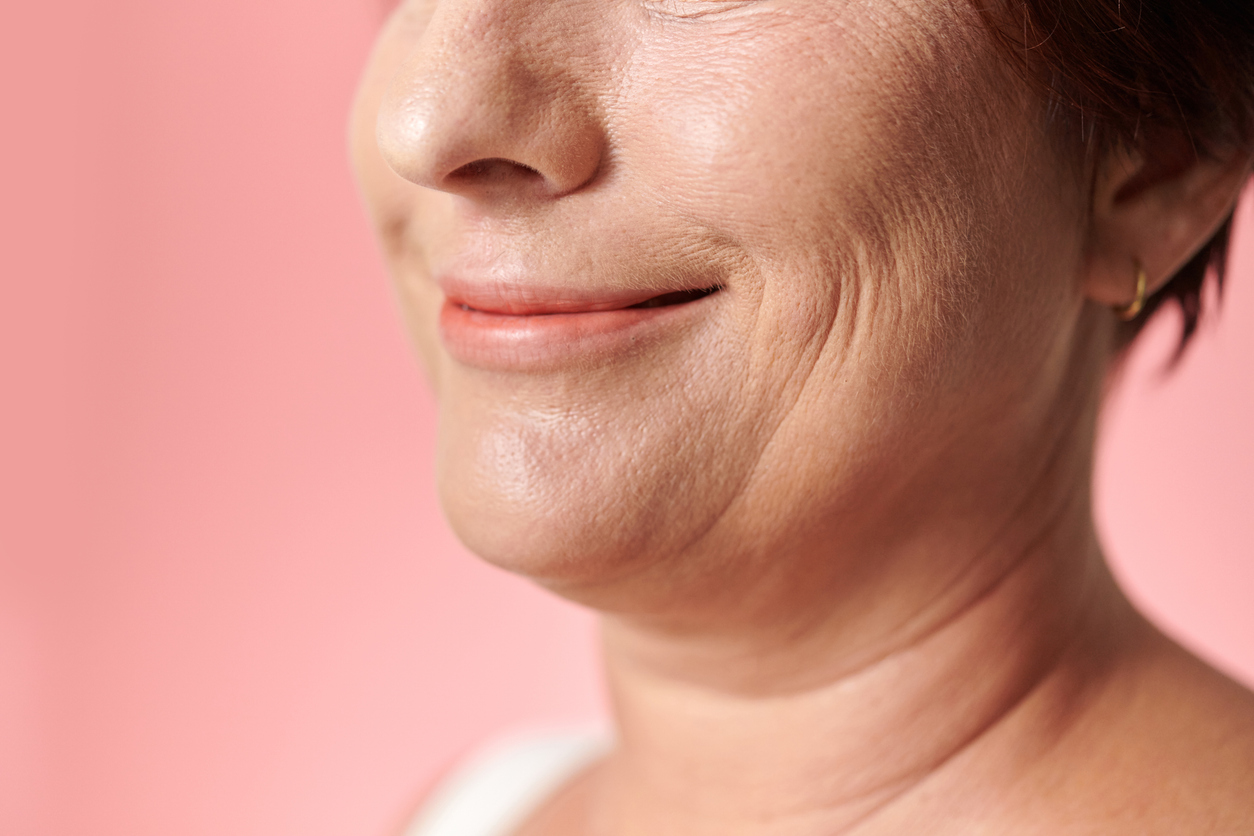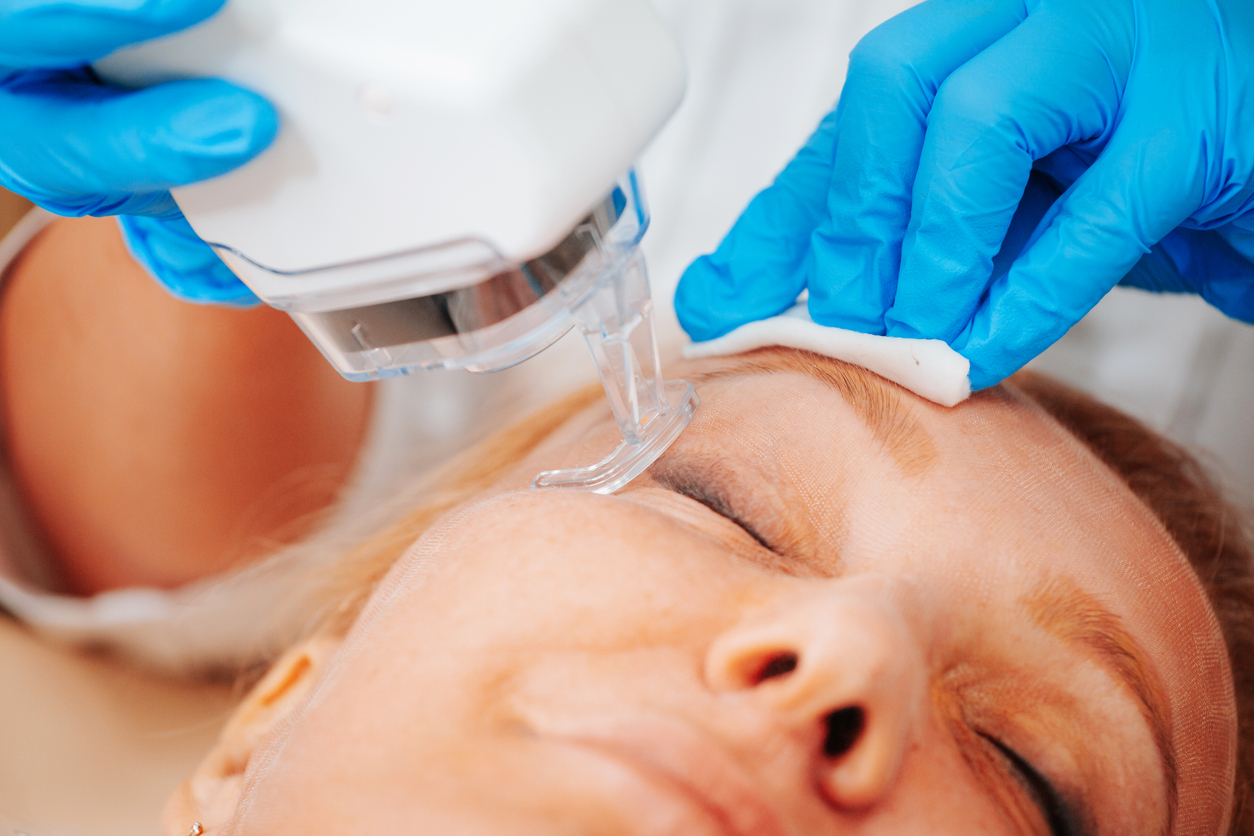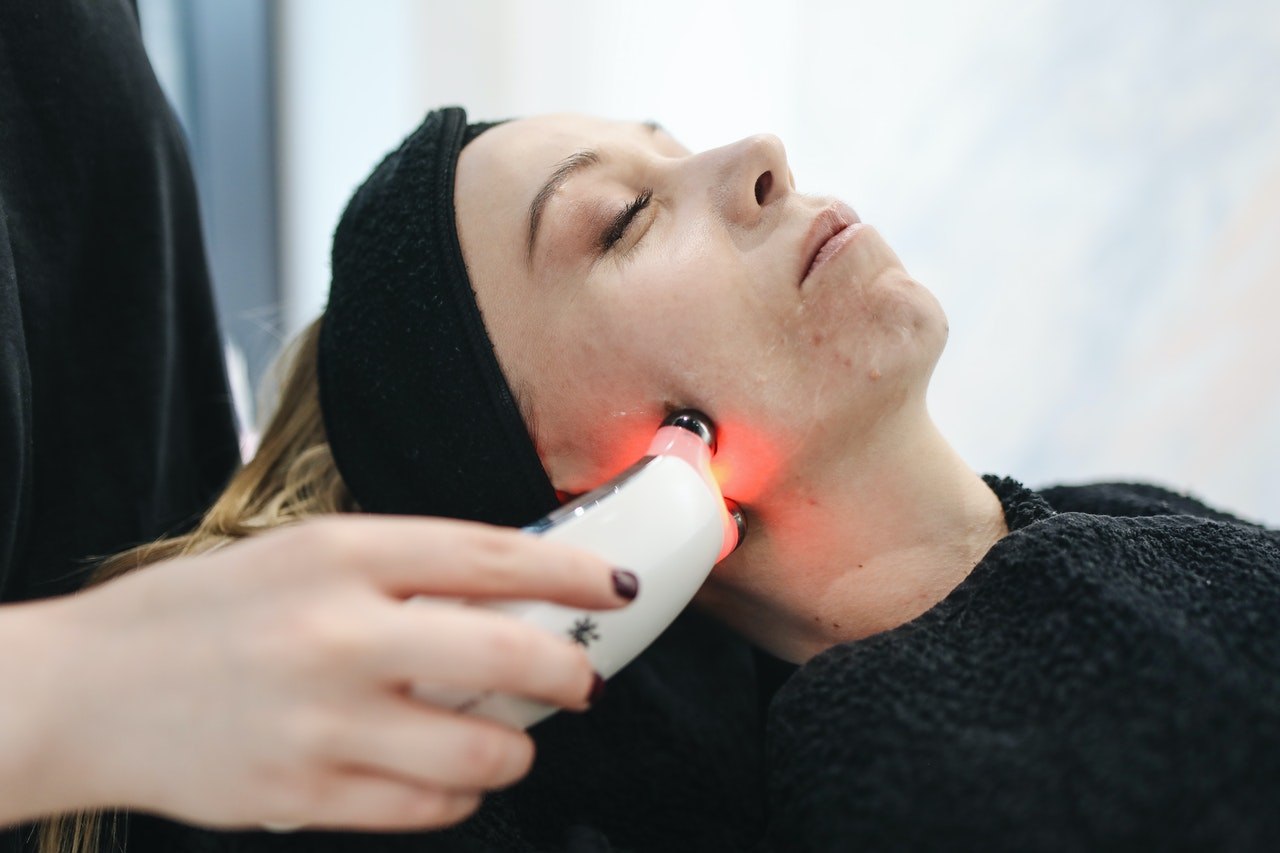
Identifying the Difference Between Age Spots and Skin Cancer
People must understand the difference between age spots and skin cancer to maintain skin health. One is relatively harmless—but the other can turn into a life-threatening condition without early detection and treatment.
So, how do you tell the difference? When in doubt, you should always consult with a healthcare professional. However, learning more about age spots and skin cancer is a good idea, too—and that’s why we will outline the differences below.
Age Spots: What You Should Know
Age spots (or liver spots and sun spots, as some call them) are a relatively common, particularly as we age. As noted above, they’re also relatively harmless—though if they cause cosmetic concerns, you can always seek skin rejuvenation treatments to minimize their appearance.
Either way, here’s what you should know:
- Age spots typically appear as flat oval areas with increased pigmentation.
- They’re usually tan, brown, or black.
- While age spots can appear anywhere on the body, they’re most common in areas with the most sun exposure, like the arms, shoulders, face, or hands.
- Age spots or liver spots can vary in size and often cluster together.
- While they may be faint when they first appear, they can become more prominent as you age.
Sun exposure is the primary cause of age spots, which tend to develop after years of skin exposure. Because of this, age spots are more common as people age, particularly after the age of 50.
Skin Cancer: What You Should Know
The first thing to understand is that there are several different types of skin cancer. The most common include:
- Basal cell carcinoma is the most common type of skin cancer. It’s frequent among fair-skinned people and often appears as a flesh-colored round growth or unusually pinkish skin patch.
- Squamous cell carcinoma is the next most common type of skin cancer and also frequently appears among people with fair skin. This type can look like a scaly patch, a sore, or a firm, red bump.
- Melanoma is one of the most severe types of skin cancer since it appears suddenly and can spread rapidly.
Where melanoma is concerned, early detection is critical—and that’s why you should always be on the lookout for what are referred to as the “ABCDE warning signs of melanoma.” These are:
- Asymmetry: The mole or spot has an uneven shape.
- Border: The borders are irregular or poorly defined.
- Color: The spot isn’t a uniform shade, instead varying between pink, tan, brown, black, white, red, or blue.
- Diameter: Melanomas are best caught as early as possible, but they are usually more than six millimeters in diameter, or about the size of a pencil eraser.
- Evolving: The spot changes in size, shape, or color.
If you’re unsure about a spot on your skin, it’s always best to consult a doctor—particularly if an existing mole or spot changes in size, shape, or color. In particular, if you have one or more risk factors, be vigilant since the risk of skin cancer will increase. Risk factors include:
- UV light exposure from tanning lamps or the sun can damage skin cells and lead to premature aging and different types of skin cancer.
- Skin type—fair-skinned people and people with skin that burns or develops freckles easily when exposed to sunlight are at higher risk.
- People with more than 50 moles or atypical moles (known as dysplastic nevi, typically more significant than a pencil eraser and irregularly shaped) are at increased risk for melanoma.
- A family history of skin cancer increases the risk that you develop it yourself.
- While anyone can develop skin cancer at any age, the older you are, the more likely non-melanoma skin cancers become.
Treatment Options
Fortunately, treatment options are available for both age spots and different forms of skin cancer. We’ll cover those next.
Treatments for Age Spots
While age spots aren’t a cause for concern from a health standpoint, they do cause cosmetic concerns for some people. Topical treatments like retinoids and skin lightening agents can help reduce their appearance. However, these can take a while to take effect, and they offer limited results.
To reduce the look of age spots, a professional can administer laser resurfacing, chemical peels, or microdermabrasion to help remove the darker sun-damaged skin, promote cell turnover, and reveal brighter skin.
Treatments for Skin Cancer
When it comes to skin cancer, treatments can be more complicated—but the specifics will differ depending on the type of skin cancer and how far it has progressed. Treatment may begin with surgical removal of the cancerous lesion—particularly for non-melanoma skin cancers.
For melanoma or advanced skin cancer, treatment options include chemotherapy, radiation, immunotherapy, and targeted therapy.
Tips for Prevention
 For both skin cancer and age spots, prevention is always the best course of action—and fortunately, the same preventative tips can help you reduce the risk of both skin conditions. Since damage from UV rays is the primary cause of both skin cancer and age spots, do the following to protect your skin:
For both skin cancer and age spots, prevention is always the best course of action—and fortunately, the same preventative tips can help you reduce the risk of both skin conditions. Since damage from UV rays is the primary cause of both skin cancer and age spots, do the following to protect your skin:
- Apply sunscreen daily—even in the winter. For best results, use SPF 30 or higher.
- When spending long periods outdoors, wear long sleeves, hats, and sunglasses to protect your skin.
- The need for sun protection outdoors is highest between 10 AM and 4 PM, so in addition to applying sunscreen and wearing protective clothes, it’s a good idea to seek shade during this time.
- Avoid using tanning beds. Tanning, whether via sunlight or a tanning bed, is a direct result of UV rays damaging your skin, which increases the risk of skin cancer.
Consult Vargas Face & Skin for Additional Information
It’s not uncommon for a spot on your skin to cause concern. The intelligent thing to do is to learn all about the warning signs of skin cancer so that you can seek prompt medical attention if necessary. Even if the spot proves to be a relatively harmless age spot, you should still get it evaluated—and you can also look at options to minimize its appearance if desired.
We can help you with that here at Vargas Face & Skin. Schedule a consultation with our professionals to discover how we can boost your confidence while minimizing the look of age spots and sun damage.







